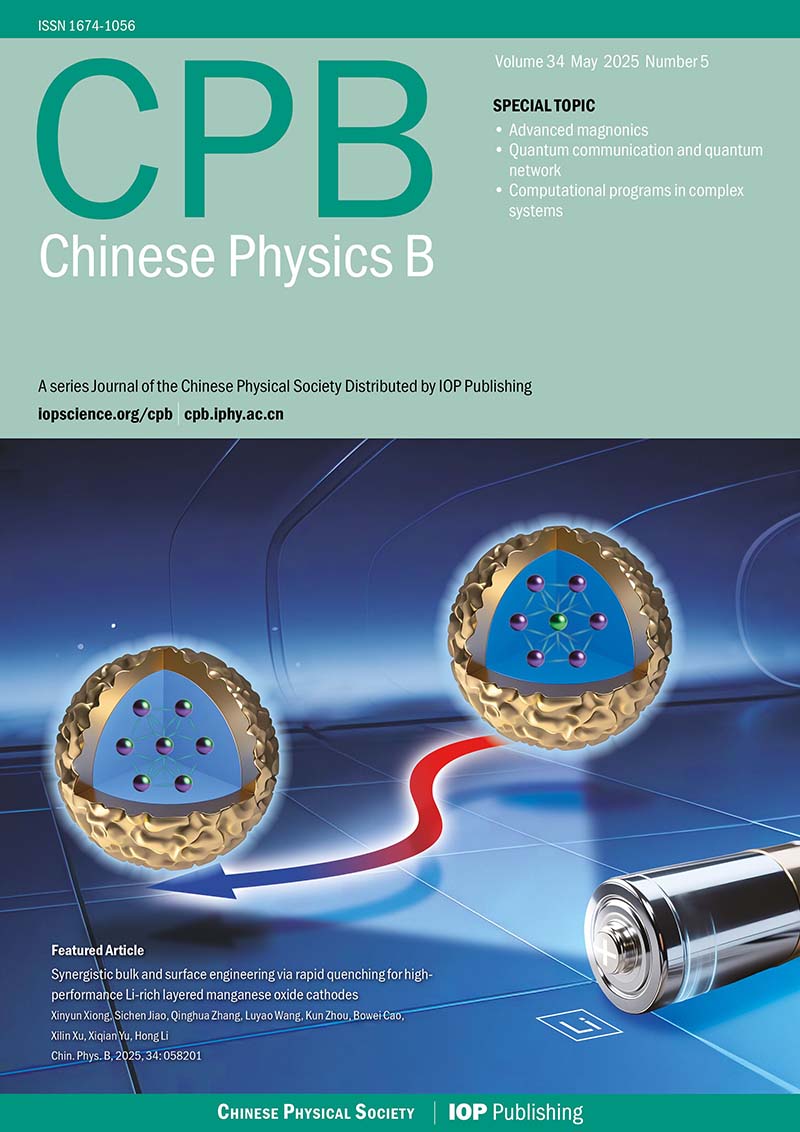Comparative study of boron and neon injections on divertor heat fluxes using SOLPS-ITER simulations
- Received Date: 29/06/2024
- Accepted Date: 13/08/2024
-
Key words:
- boron /
- neon /
- injection location /
- heat flux
Abstract: Based on the EAST equilibrium, the effects of boron (B) and neon (Ne) injected at different locations on the target heat load, and the distributions of B and Ne particles were investigated by transport code SOLPS-ITER. It was found that the B injection was more sensitive to the injection location for heat flux control than impurity Ne. The high electron and ion densities near the inner target in the discharge with impurity B injected from over $X$-point ($R_{1}$) led to plasma detachment only at the inner target, and the localized B ions in the cases with injection from outer target location ($R_{2}$) and upstream location ($R_{3}$) led to far-SOL detachment at the outer target, but not at the inner target. In contrast, for Ne, the spatial distributions of Ne ions and electrons were found to be similar in all the cases at the three injection locations, and the detached plasma was achieved at the inner target and the electron temperature was reduced at the outer target. For locations $R_{2}$ and $R_{3}$, impurity B showed a more pronounced effect on the heat flux at the far-SOL of the outer target. Further analysis indicated that Ne atoms came mainly from the recycling sources, whereas B atoms came mainly from injection, and that their distinct atomic distributions resulted from the difference in the ionization threshold and ionization mean free path. In addition, the radiation proportion of B in the divertor region was larger than that of Ne when the total radiation power was similar, which suggests that B has less influence on the core region.

 首页
首页 登录
登录 注册
注册






 DownLoad:
DownLoad: